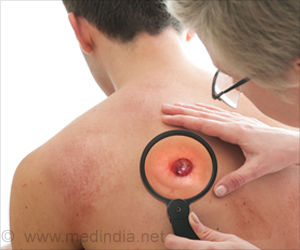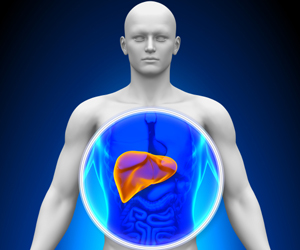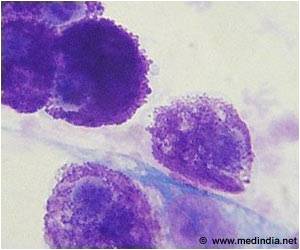New blood stabilization method maintains viable circulating tumor cells and other blood components for up to three days.

‘The isolated tumor cells from blood processed using the new method contain high-quality RNA that is suitable for molecular assays including single-cell qPCR, droplet digital PCR and RNA sequencing.’





When isolating these extremely fragile and rare cells from fresh, unprocessed blood, timing is everything. Even minor changes in the quality of a blood sample - such as the breakdown of red cells, leukocyte activation or clot formation - greatly affect cell-sorting mechanisms and the quality of the biomolecules isolated for cancer detection. According to published studies, important factors such as the total number of CTCs in a sample and the number with high-quality RNA decrease by around 50 percent within the first four to five hours after the sample is taken. Wong explains, "At Mass. General, we have the luxury of being so integrated with the clinical team that we can process blood specimens in the lab typically within an hour or two after they are drawn. But to make these liquid biopsy technologies routine lab tests for the rest of the world, we need ways to keep blood alive for much longer than several hours, since these assays are best performed in central laboratories for reasons of cost effectiveness and reproducibility."
The MGH team took a comprehensive approach that aims to preserve blood in its native state with minimal alterations. Co-lead author Shannon Tessier, PhD, of the MGH-CEM says, "We wanted to slow down the biological clock as much as possible by using hypothermia, but that is not as simple as it sounds. Low temperature is a powerful means to decrease metabolism, but a host of unwanted side effects occur at the same time. In some ways, these challenges are similar to those we face in organ preservation, where we have to optimize strategies for a very complex mix of cells."
Study Overview
To achieve these goals, the team first systematically analyzed the storage conditions that optimally preserve the viability of the diverse cell types in whole blood. The biggest challenge, it turned out, was platelet activation. Wong explains, "We are preserving the blood very well, including the coagulation function of platelets. But unfortunately, cooling causes profound activation of platelets. Now we need a targeted approach for platelets so they don’t form nasty clots in the microfluidic blood sorting device."
Advertisement
Tessier says, "The critical achievement here is that the isolated tumor cells contain high-quality RNA that is suitable for demanding molecular assays, such as single-cell qPCR, droplet digital PCR and RNA sequencing."
Advertisement
"The ability to preserve the blood for several days and still be able to pick up this clinically relevant biomarker is remarkable," says co-author David Miyamoto, MD, PhD, MGH Cancer Center. "This is very exciting for clinicians, because AR-V7 mRNA can only be detected using CTCs and not with circulating tumor DNA or other cell-free assays."
The team highlights the universal nature of this stabilization approach by pointing to its compatibility with the highly demanding microfluidic CTC-iChip device, which isolates tumor cells by rapid removal of blood cells, implying the potential impact of this work extends beyond cancer detection. Wong says, "With exciting breakthroughs in immunotherapy, stem cell transplantation, and regenerative medicine - in which peripheral blood is often the source of cells for functional assays or ex vivo expansion - the ability to preserve live cells will greatly ease logistical timelines and reduce the cost of complex cell-based assays."
Source-Eurekalert












